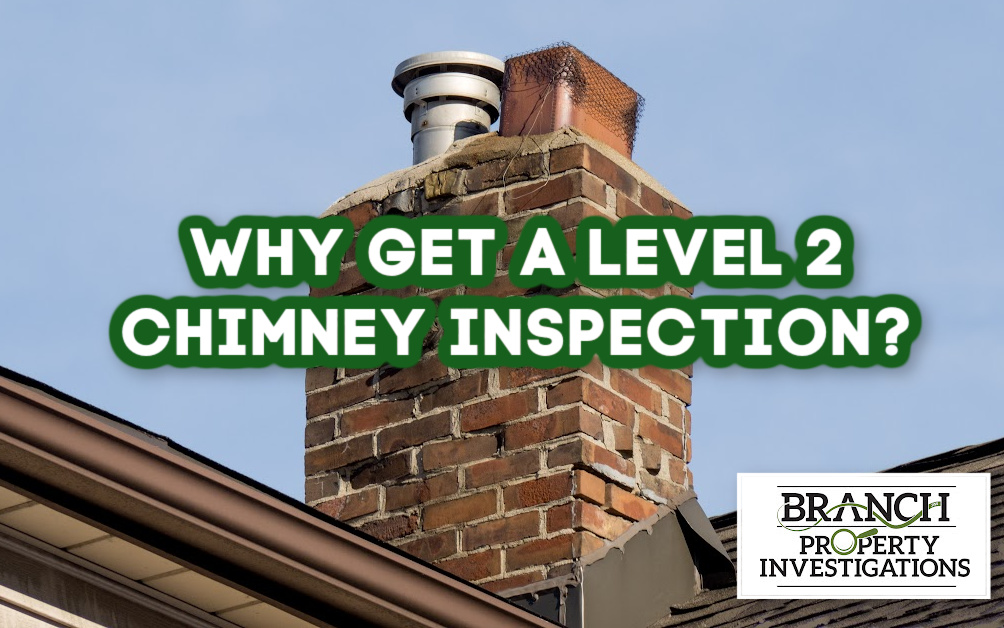Having your fireplace and chimney inspected annually is your best preventative action against a chimney fire. When purchasing a home, the condition of the chimney is often overlooked, but it shouldn’t be! Safe operation is always our top concern but fireplace and chimney repairs can be very expensive so you’ll want to know the current status before you own the property. Today we’ll address the importance of a chimney inspection and elaborate on the three different types so you can decide which will best meet your needs.
Why is a Chimney Inspection so Important?
Over 25,000 residential homes are damaged or destroyed by chimney-related fires annually, according to the National Fire Protection Association. The primary cause of these fires is the failure to keep the equipment and chimney clean. Creosote is a flammable chemical that accumulates when burning treated wood or coal, and it can ignite in your chimney if it’s not cleaned frequently.
In addition to a chimney that needs cleaning, some chimney defects are obvious: missing, broken, or spalling bricks, rust staining, water damage on interior ceilings and walls. On the contrary, other problems are more subtle, such as broken flue tiles, missing mortar joints in the flue liner or flue blockages. These defects are not as easily recognized and typically require a chimney professional to identify them.
What are the Different Levels of Chimney Inspections?
The National Fire Protection Association (NFPA) recognizes three different types of chimney inspections: Level 1, Level 2, and Level 3.
Level 1 Chimney Inspection
This is a “visual” inspection only. The inspector checks for basic soundness to ensure the system functions properly and has no blockages or buildup. This is best for those who haven’t made any changes to their burning system. Or for those who plan to use it in the same method as they have in the past, and have not experienced any unusual problems. This level of inspection is included with our full home inspection unless viewing is restricted due to obstructions or unsafe access.
Level 2 Chimney Inspection
This is recommended upon the sale or transfer of a property, or after an operation malfunction or external event that is likely to have caused damage to the chimney. Additionally, this level of inspection is warranted when changes have been made to the chimney system. Or additionally, when homeowners plan to use the burning unit in a different method than they have in the past. A Level 2 inspection includes a visual inspection but also includes interior photos. These document the internal surfaces and joints of flue liners incorporated within the chimney. This does not include removal or destruction of permanently attached portions of the chimney or building structure or finish. Sometimes a Level 1 or Level 2 inspection suggests a hidden hazard and the evaluation cannot take place without special tools. It becomes necessary to access concealed areas of the chimney or flue. This is when chimney professionals recommend a Level 3 inspection.
Level 3 Chimney Inspection
This is best when examination of concealed parts of the chimney is necessary; typically when Level 1 or Level 2 inspections indicate a need for further investigation. Level 3 inspections typically include the removal of certain components of the chimney for a more detailed evaluation.
If you have questions about which level of chimney inspection is ideal for your situation, please call! Our office number is (612) 440-8466. Based on the experiences of our clients, we strongly encourage you to at least have every masonry chimney inspected. We’d love to help you maintain a safe fireplace and chimney!






